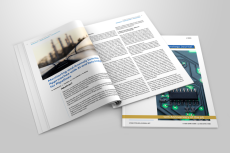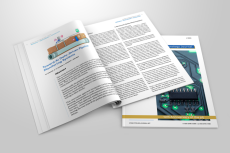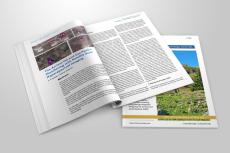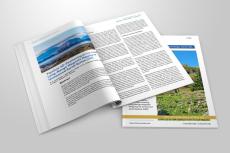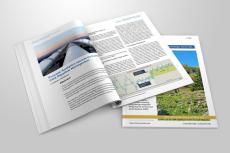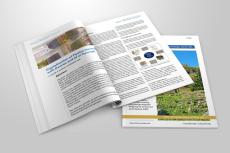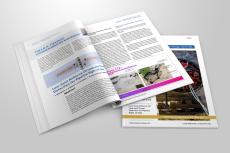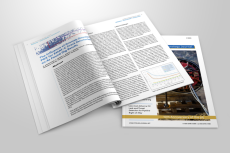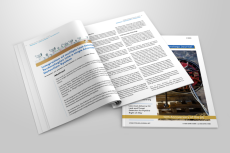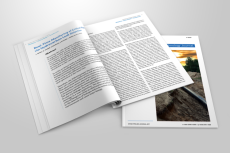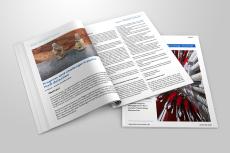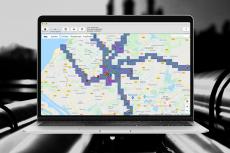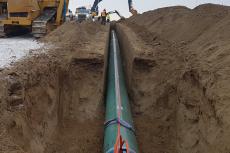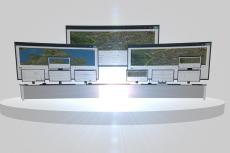In-pipe Ultrasonic Inspections of Mud and Tailing Lines: how to manage difficult to remove Scaling, provide quality and accurate Defect Assessments of steel and HDPE
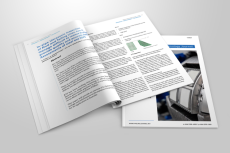
In-pipe Ultrasonic Inspections of Mud and Tailing Lines: how to manage difficult to remove Scaling, provide quality and accurate Defect Assessments of steel and HDPE
Rio Tinto Yarwun Aluminium Refinery (RTY) is expanding its pipeline integrity assessment technologies. As part of this effort, RTY has been working with Intero Integrity Services (Intero) to introduce Intero’s Pipeline Surveyor services, a free-swimming pipe inspection tool. Rio Tinto is one of the world's largest mining companies, operating in 25...


